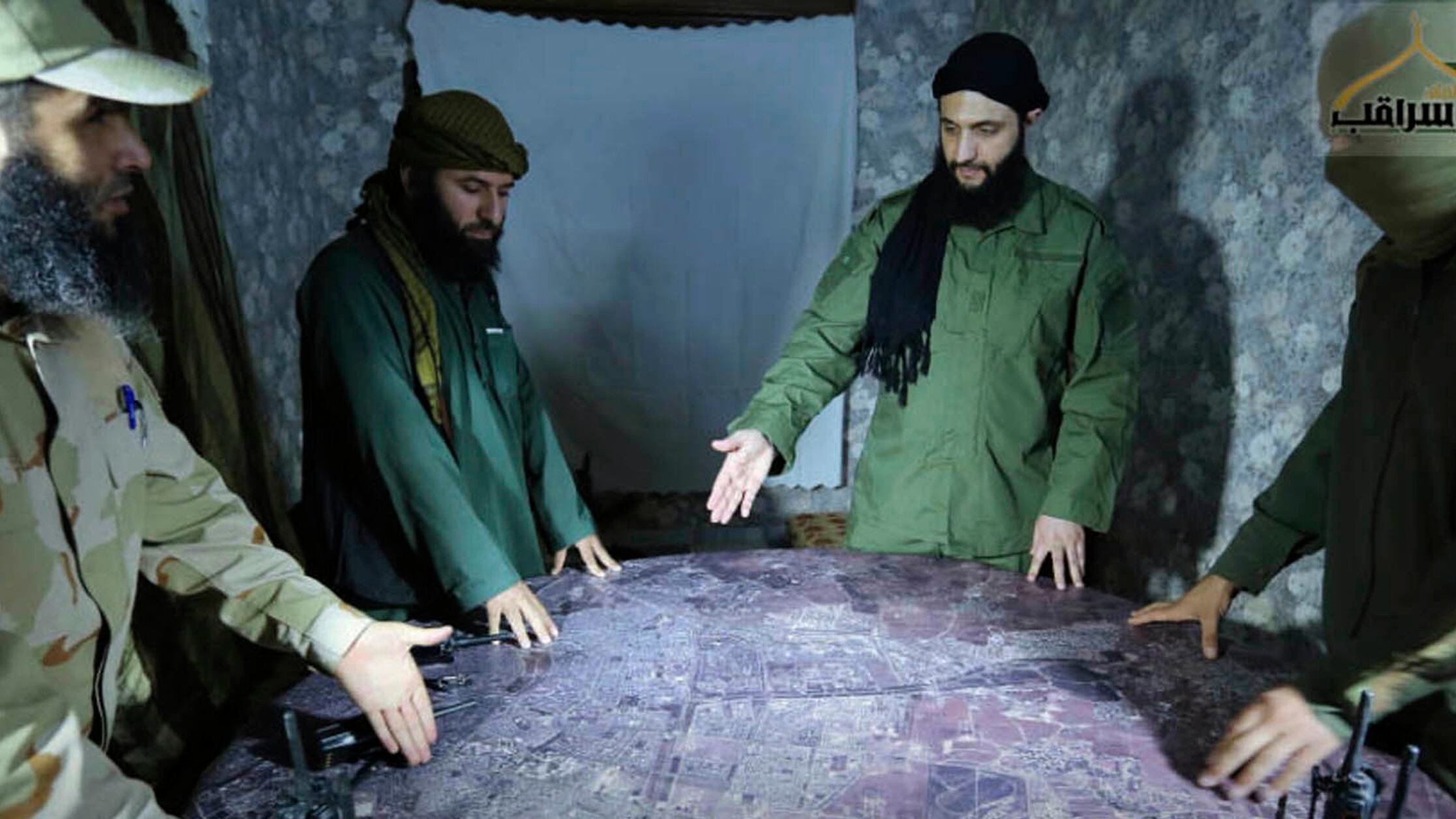BEIRUT (AP) — Abu Mohammed al Golani, the militia leader whose insurgency overthrew Syrian President Bashar Assad, has spent years working to reshape his public image, renouncing his former ties to Al Qaeda and presenting himself as a champion of pluralism and tolerance.
PUBLICIDAD
In recent days, the insurgency even dropped their war name and began referring to him by his real name, Ahmad al-Sharaa.
PUBLICIDAD
Al Golani, 42 years old - considered a terrorist by the United States - has not appeared publicly since Damascus fell on Sunday. But he and his insurgent force, Hayat Tahrir al-Sham, or HTS - many of whose fighters are jihadists - will be a major player.
For years, Al Golani worked to consolidate power while confined to the province of Idlib, in the northwest corner of Syria, as the Assad government, backed by Iran and Russia, appeared solid in much of the country.
He maneuvered among extremist organizations while eliminating competitors and former allies. He sought to polish the image of the de facto "government of salvation" that has been ruling Idlib in order to win over international governments and reassure Syria's religious and ethnic minorities. He also forged ties with various tribes and other groups.
On the way, Al Golani got rid of his radical Islamist guerrilla outfit and put on suits for press interviews, talking about building state institutions and decentralizing power to reflect Syria's diversity.
"Syria deserves an institutional system of government, not one where a single ruler makes arbitrary decisions," he said in an interview with CNN last week, suggesting the possibility that HTS may eventually dissolve after Assad's fall.
"Do not judge by words, but by actions," he said.
Al Golani's beginnings in Iraq
Al Golani's ties to Al Qaeda date back to 2003, when he joined extremists fighting against US troops in Iraq. The Syrian militant was captured by the US army but remained in Iraq. During that time, Al Qaeda absorbed like-minded groups and formed the Islamic State of Iraq, led by Abu Bakr al Baghdadi.
In 2011, a popular uprising against Assad in Syria triggered a brutal government crackdown and led to a full-blown war. Al Golani's influence grew when Al Baghdadi sent him to Syria to establish an Al Qaeda branch called the Nusra Front. The United States designated the new group as a terrorist organization. That designation still stands, and the U.S. government has put a $10 million bounty on his head.
The Nusra Front and the Syrian conflict
As the civil war in Syria intensified in 2013, so did Al Golani's ambitions. He defied Al Baghdadi's calls to dissolve the Nusra Front and merge it with Al Qaeda's operation in Iraq, to form the Islamic State of Iraq and Syria, or ISIS.
Al Golani, however, pledged allegiance to Al Qaeda, which later disassociated itself from ISIS. The Nusra Front fought against ISIS and eliminated much of its competition among the Syrian armed opposition to Assad.
In his first interview in 2014, Al Golani kept his face covered, telling a reporter from the Qatari network Al-Jazeera that he rejected the political talks in Geneva to end the conflict. He said his goal was to see Syria governed under Islamic law and made it clear that there was no room for the country's Alawite, Shia, Druze, and Christian minorities.
Consolidating power and image change
In 2016, Al Golani showed his face to the public for the first time in a video message announcing that his group was changing its name to Jabhat Fateh al-Sham - the Front for the Conquest of Syria - and cutting ties with Al Qaeda.
"This new organization has no affiliation with any external entity," he said in the video, in which he appeared wearing military clothing and a turban.
The movement paved the way for Al Golani to assert full control over divided armed groups. A year later, his alliance was renamed again as Hayat Tahrir al-Sham - which means Organization for the Liberation of Syria - as the groups merged, consolidating Al Golani's power in the province of Idlib, in northwestern Syria.
HTS then clashed with independent Islamist militias who opposed the merger, further strengthening Al Golani and his group as the leading power in northwest Syria, capable of ruling with an iron fist.
With his consolidated power, Al Golani embarked on a transformation that few could have imagined. He replaced his military attire with a shirt and pants, and began advocating for religious tolerance and pluralism.
He made a call to the Druze community in Idlib, which had previously been attacked by the Nusra Front, and visited the families of Kurds killed by Turkish-backed militias.
In 2021, Al Golani had his first interview with an American journalist on PBS. Wearing a blazer, with short hair styled back, the now more restrained leader of HTS said that his group did not pose a threat to the West and that the sanctions imposed against him were unfair.
“Yes, we have criticized Western policies,” he said. “But waging a war against the United States or Europe from Syria, that’s not true. We didn’t say we wanted to fight.”
